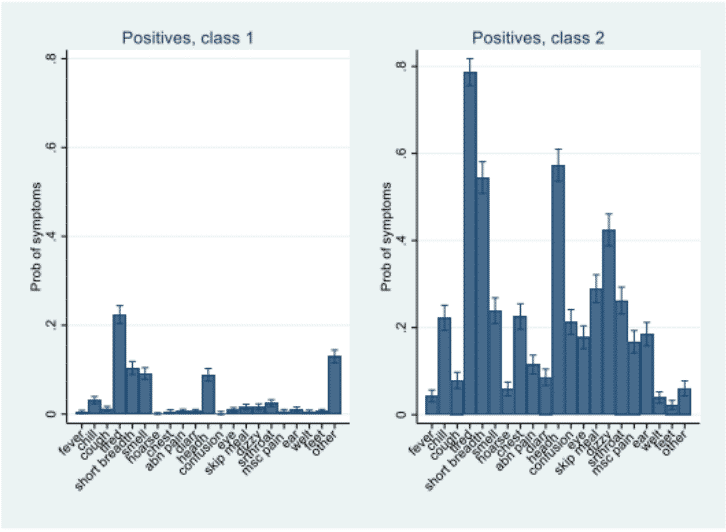Despite current findings being published only as a non-peer-reviewed preprint, the Children and Young People with Long COVID (CLoCk) study has already produced valuable conclusions.
The study has found a significant number of children and young people continue experiencing COVID symptoms long after infection. Those with multiple persistent symptoms are more likely to be older, female, and with poorer pre-existing physical and mental health. And unexpectedly, the mental health of young people has been affected universally, regardless of COVID status.
Existing studies on Long COVID have estimated that one in ten infected individuals will continue to experience symptoms beyond twelve weeks. However, there has been a distinct lack of wide-ranging studies on the prevalence and symptoms of Long COVID in young people.
One of four major Long COVID studies funded by UK research institutes, CLoCk is set to change this.
Collecting data from January to March 2021, the study has found that as many 14% children and young people who tested positive for COVID experienced one or more persistent symptoms fifteen weeks later.

One of the CLoCk study’s major strengths is the inclusion of a COVID-negative comparison control group. At the time of testing, 35.4% of COVID-positive young people reported experiencing symptoms, in stark contrast to 8.3% of COVID-negative CYP.
But at the three-month mark, this gap shrunk significantly – with 66.5% of COVID-positive and 53.3% of COVID-negative participants reporting symptoms.
This seemingly odd rise for the COVID-negative group could be explained variously – for example fatigue being common in adolescents generally. Or the high likelihood of the child having a different virus given they got tested for COVID in the first place.
Regardless, the study shows the importance of having data from COVID-negative young people in ensuring Long COVID symptoms aren’t confused with non-COVID ill-health.
Another key finding has been the near-identical mental health and well-being responses across both test positives and negatives. Approximately 40% of participants in both groups reported feelings of worry, sadness or unhappiness.
These results have their limitations, including the Alpha variant dominance at the time of study, a low response rate (13.5%), which could skew the results, and the possible influence of school closure fluctuations.
Nonetheless, the findings have underlined the considerable presence of Long COVID in children and young people. As CLoCk’s research continues to run up until 2024, it will continue to provide increasingly accurate information. But even current results show that Long COVID should be a key consideration in evaluating the need for vaccinating adolescents against COVID.
You can follow Maddie’s journalism journey on Twitter.